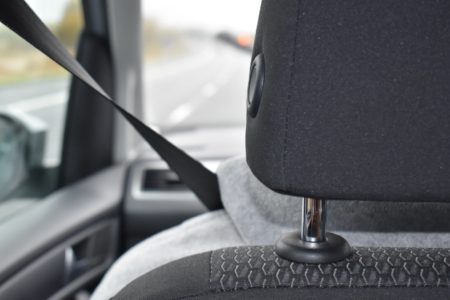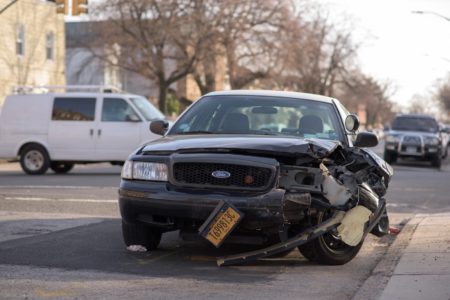It’s that time of the year again – that time when you must trade in your flip-flops and shorts for winter boots and snow pants. Winter in Ontario is a beautiful wonderland with Christmas markets and hot cocoa. But being prepared for our frosty winter is a necessity. Here are ten tips to help you prepare for driving in Ontario’s beautiful, but unpredictable, winter season.
- Don’t wait until the snow falls to install the winter tires on your vehicle. Winter tires provide better traction to grip the road. (All weather tires are not good enough.) Monitor your tire pressure frequently and consider carrying a tire pump (not the one you use for your bicycle), especially on road trips.
- Get your vehicle checked out before winter starts. Make sure they test your battery. Batteries only last 3 to 4 years and you don’t want to get stranded in a car that won’t start. Change the oil if you’re due. Also make sure your brakes are in good shape. (It’s a good idea to carry jumper cables, just in case. Check out our video about how to jump start a car HERE.
- Test your car lights; high beams, low beams and turn signals.
- Fill your windshield washer receptacle before you leave home and carry extra washer fluid in your car to refill as required.
- Try to keep your gas tank at least half full. Condensation in a low-fuel tank can cause you problems and you don’t want to run out of gas.
- Plan your route before you get into your car. Determine how long it will take to reach your destination and then add extra time for picking up passengers, parking, inclement weather, and traffic delays. Plan to drive the speed limit and be prepared to slow down if roads are icy or slushy. PRO TIP: Check the weather forecast ahead of time.
- Don’t forget to have extra clothing and blankets in your car in case your car breaks down, or you get stuck in the snow.
- Clean all the snow and ice off the car before you get in. Clear the complete windshield, rear window, the mirrors, the lights (front and rear) and the roof. Not clearing the car properly is dangerous and will result in a fine if police officers stop you. Always carry an ice scraper with a broom on it.
- Carry an emergency kit that includes a shovel, non-perishable snacks, bottled water, a first aid kit, canned candle, matches in a waterproof container, flashlight, extra batteries, cell phone & charger, and a tool kit.
- If you are travelling a long distance, make sure someone knows your route and when you plan to arrive. In the event of an emergency, you want to make sure someone knows to start looking for you. Of course, you’ll need to let them know when you arrive safely at your destination.




